New Species Of Large-Eyed Creature With Gem-Like Pattern Found In Pond
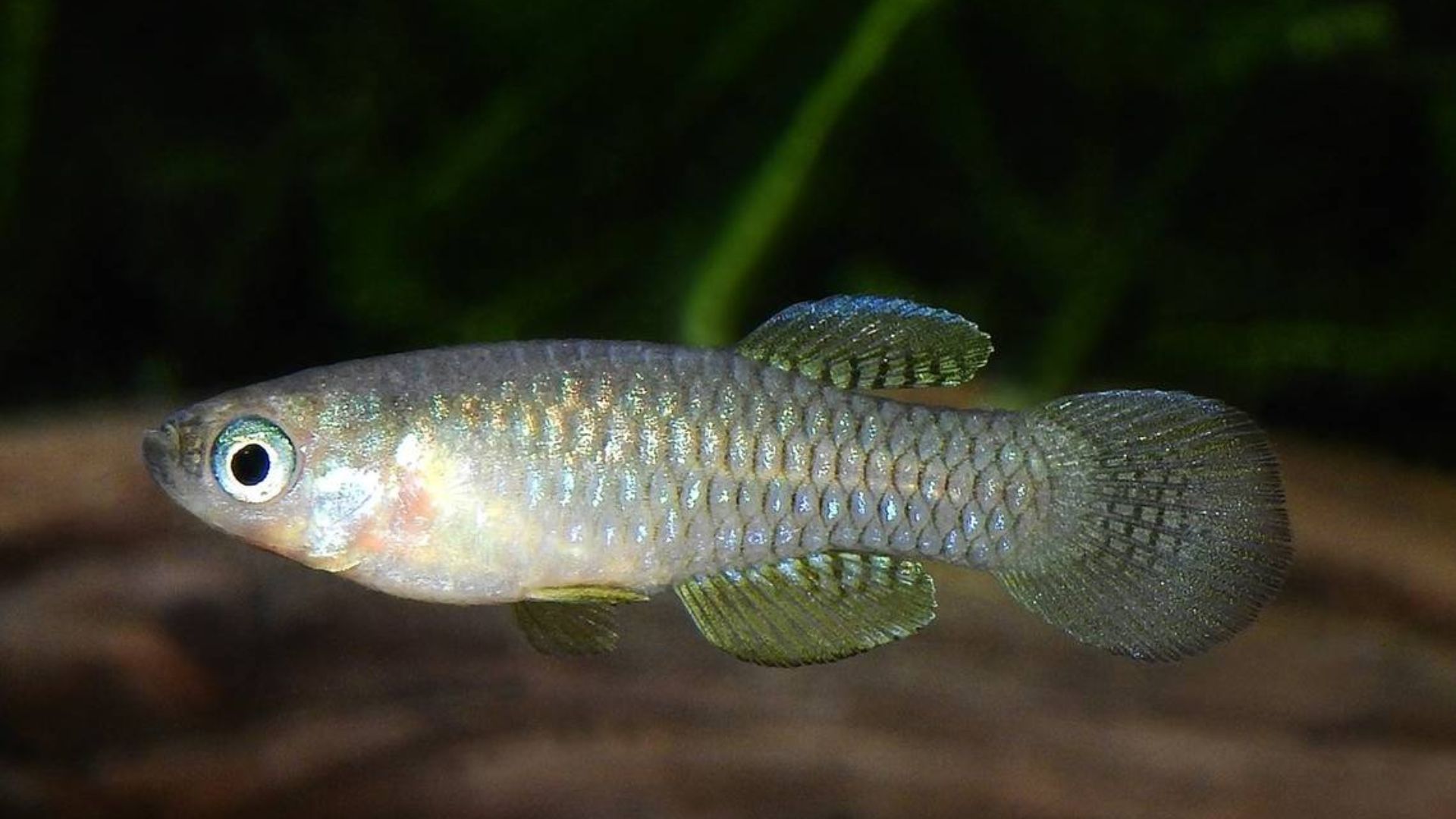
Scientists have made an exciting discovery in the freshwater ponds of Africa. A dazzling new fish species, called Lacustricola gemma, has been found swimming in remote seasonal wetlands.
What makes this tiny creature special is its striking gem-like pattern that sparkles under water and unusually large eyes that help it navigate murky waters.
The discovery offers a fascinating glimpse into the unexplored biodiversity of African freshwater ecosystems.
New Species In African Pond
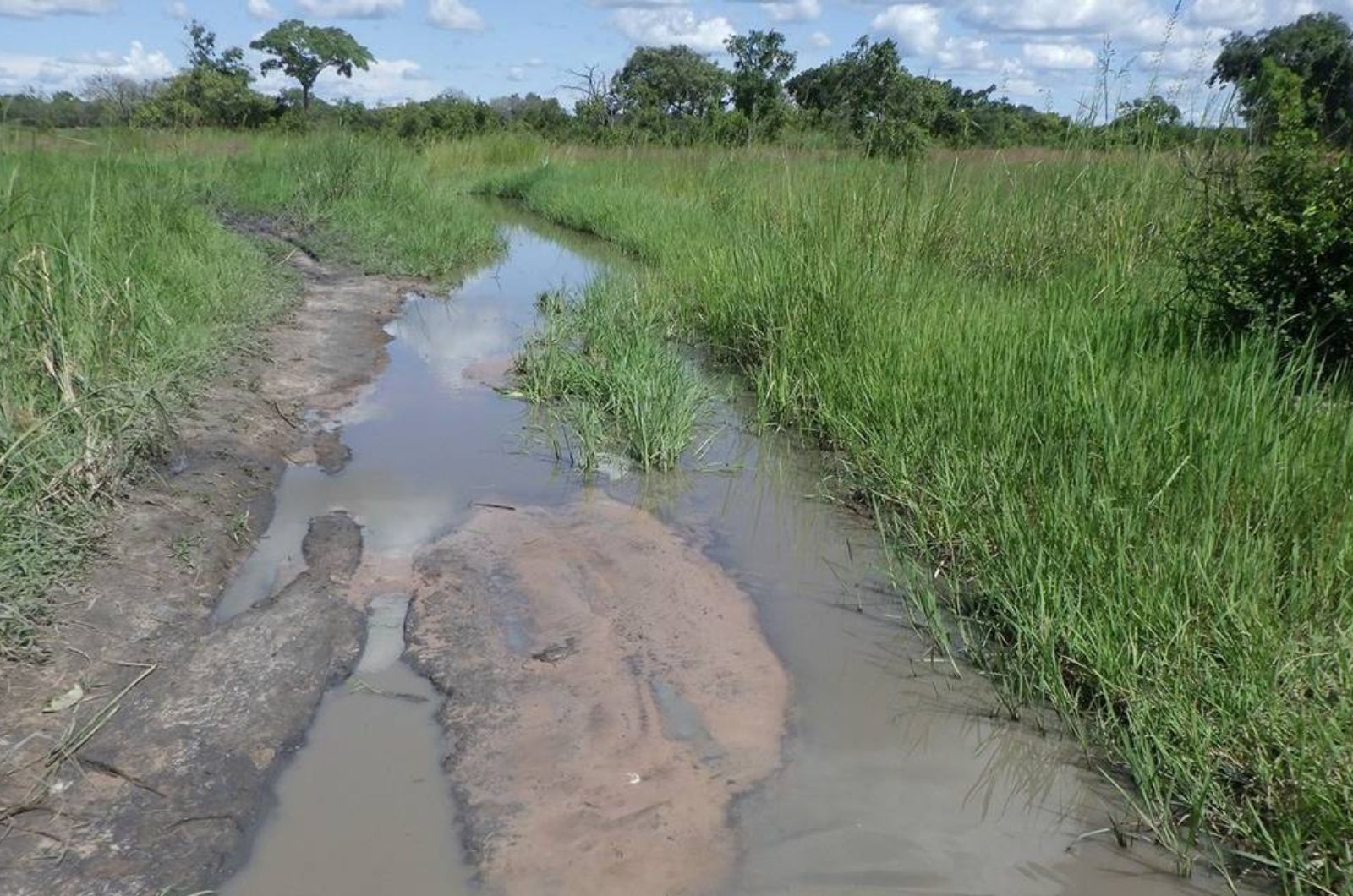
Excitement rippled through the scientific community when researchers announced the discovery of Lacustricola gemma last month. The small freshwater fish was found during a routine biodiversity survey of remote African ponds.
Researchers nearly missed the tiny creature, measuring just under two inches long, as it darted between aquatic plants. What caught their attention was a flash of iridescent scales unlike anything previously documented in the region.
The discovery highlights how much remains unknown about Africa’s freshwater ecosystems. Scientists estimate that dozens of fish species may still await discovery in the continent’s isolated wetland systems.
Named For Its Iridescent, Gem-Like Scale Pattern
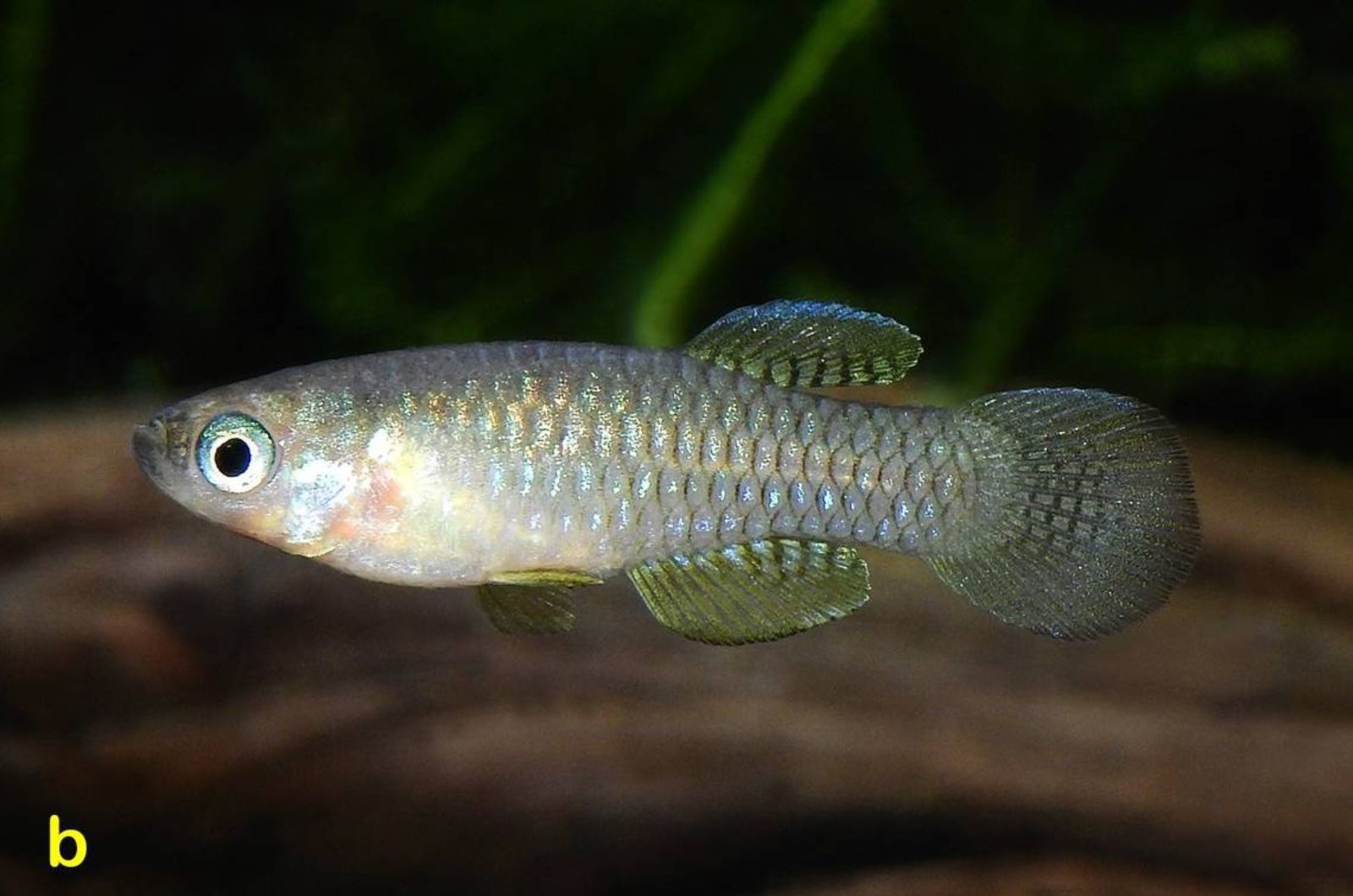
The name “gemma” perfectly captures this fish’s most striking feature – scales that shimmer like precious stones when light hits them. These iridescent markings create a mosaic effect reminiscent of carefully arranged gemstones.
Under laboratory microscopes, researchers discovered that specialized cells called iridophores create this dazzling effect. These cells contain stacks of reflective crystals that break light into rainbow colors, similar to how opals reflect light.
The pattern serves as both camouflage and communication. When swimming in dappled sunlight, the reflective scales break up the fish’s outline, while during mating season, males display particularly vibrant patterns to attract females.
Large Eyes Aid Navigation Through Seasonal Wetlands
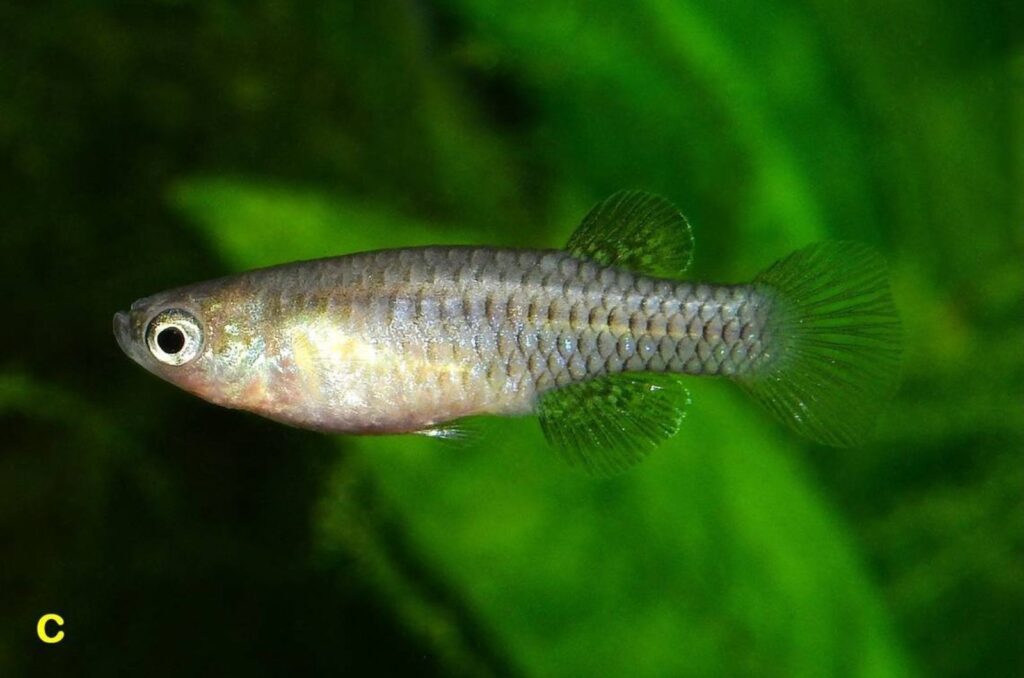
Talk about googly eyes! The Lacustricola gemma’s oversized peepers take up nearly a third of its head, giving it an almost cartoonish appearance. But these enormous eyes serve a crucial purpose in its murky habitat.
The species evolved in waters with limited visibility, where seeing predators or finding food requires exceptional vision. Their large eyes collect maximum light in dim conditions and provide nearly 180-degree vision.
Researchers observed that these fish can detect movement several feet away – impressive for a creature barely two inches long! This visual advantage helps them spot tiny food particles and avoid the many predators that share their wetland home.
Found In A Kay-System Pool In The Upper Lualaba Drainage
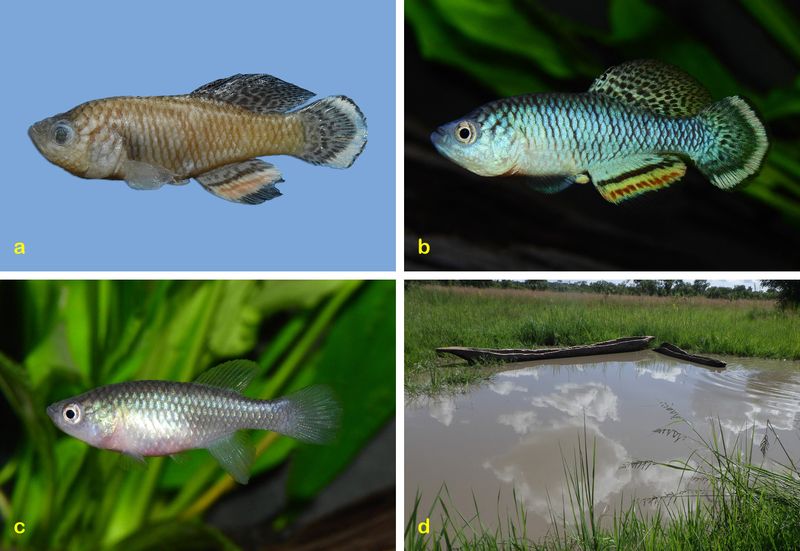
The first specimens of Lacustricola gemma were collected from a remote Kay-system pool nestled within the Upper Lualaba drainage in central Africa. This isolated location helps explain why the species remained undiscovered for so long.
The Kay-system consists of interconnected seasonal pools that form during rainy periods and gradually shrink during dry seasons. These unique water systems create microhabitats with distinctive water chemistry – slightly acidic with high mineral content.
Local fishermen had long noticed the “sparkling fish” but assumed they were juvenile forms of known species. It wasn’t until ichthyologists conducted DNA analysis that they confirmed this was something entirely new to science.
Migrates To Breed In Flooded Shallow Wetlands
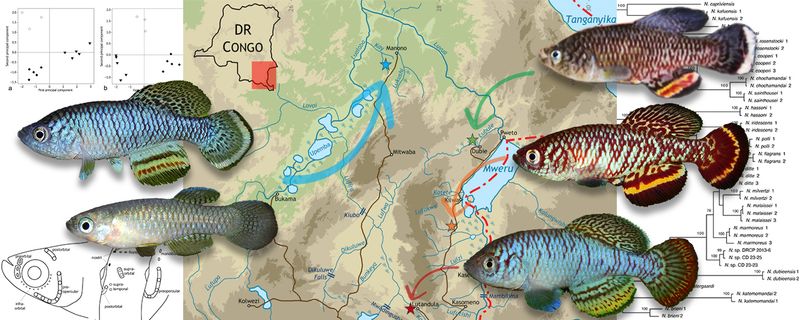
When heavy rains transform the landscape, Lacustricola gemma embarks on remarkable breeding migrations. Adults journey from permanent water bodies to newly flooded shallow wetlands, sometimes traveling over half a mile through temporary water channels.
The timing is precisely synchronized with seasonal flooding. Fish arrive in these ephemeral nurseries just as they fill with nutrient-rich water and before predators establish themselves.
Females scatter hundreds of tiny adhesive eggs among submerged grasses. The warm, shallow waters accelerate development, and fry grow rapidly on abundant microorganisms. This fast-track development is crucial – young fish must reach maturity before their temporary homes dry up completely, forcing them to migrate back to permanent waters.
Part Of The Nothobranchius-Like Lampeye Fish Group

Genetic analysis places Lacustricola gemma within the fascinating lampeye fish group, with closest relations to the Nothobranchius genus. These fish earned their “lampeye” nickname from the reflective patches above their eyes that glow like tiny lamps in low light.
What makes this classification particularly interesting is that most lampeyes are annual fishes – completing their entire life cycle within a single year as their habitats dry up seasonally. However, Lacustricola gemma has evolved a migration strategy instead of the typical annual life pattern.
This evolutionary divergence provides scientists with a rare opportunity to study how closely related species develop different survival strategies in response to similar environmental challenges.
Genetic Testing Confirms It As A Unique Lineage
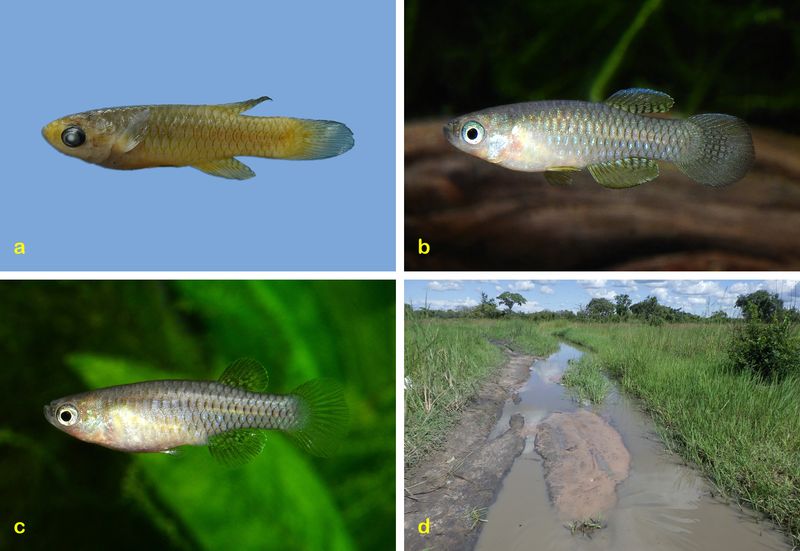
Modern DNA sequencing left no doubt – Lacustricola gemma represents a completely unique genetic lineage. Molecular analysis of mitochondrial and nuclear DNA revealed it diverged from its closest relatives approximately 3.8 million years ago.
What surprised researchers was discovering several genetic adaptations not seen in related species. These include genes associated with enhanced visual processing and specialized pigment production that creates its gem-like appearance.
The fish’s genome also contains unusual adaptations for surviving in mineral-rich waters with fluctuating oxygen levels. Scientists are now studying these genetic innovations for insights into vertebrate evolution and potential applications in understanding how organisms adapt to challenging environments.
Lives In Ephemeral Habitats Threatened By Human Activity

The delicate wetland homes of Lacustricola gemma face mounting threats from human development. Agricultural expansion, particularly for cash crops, has drained many seasonal pools that once dotted the landscape.
Water pollution presents another serious challenge. Runoff containing pesticides and fertilizers alters the chemistry of remaining habitats, affecting the fish’s reproduction and food sources.
Climate change compounds these problems by disrupting rainfall patterns. The precisely timed migrations and breeding cycles of the species depend on predictable seasonal flooding. With increasingly erratic weather, some breeding pools now dry up before young fish can complete development, while others never form at all.
Conservationists Recommend Listing It As Vulnerable

Just months after its discovery, conservation biologists are already pushing for Lacustricola gemma to receive vulnerable status on the IUCN Red List. Population surveys indicate fewer than 10,000 mature individuals exist across its limited range.
A comprehensive protection plan has been drafted that includes creating small protected reserves around key breeding sites. Local communities are being engaged as conservation partners through educational programs highlighting the species’ uniqueness.
Researchers have also established a captive breeding program as insurance against extinction. Several aquariums now maintain healthy populations, though breeding the species in captivity proved challenging initially. The fish required specific water parameters and seasonal temperature changes to trigger their reproductive behavior.






